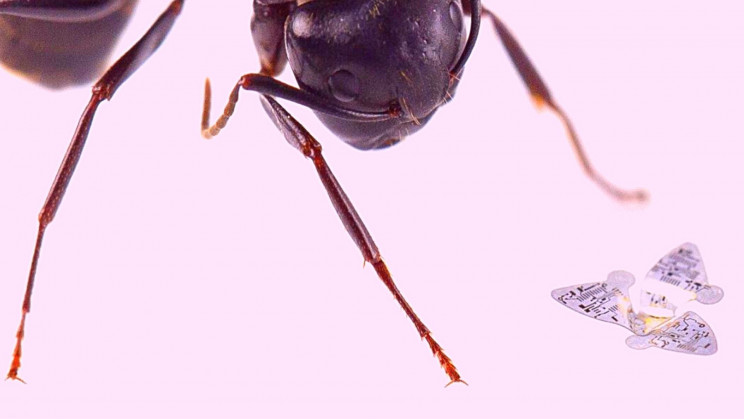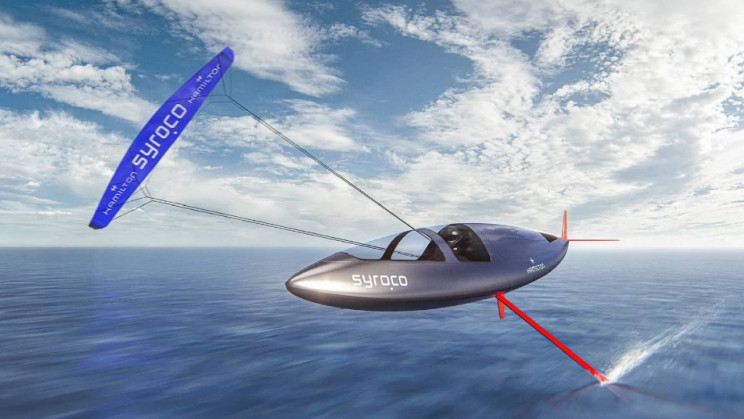Engineers at Northwestern University have developed a new microchip that can fly through the air. These tiny wonders are going to be used for aerial surveillance. Swarms of these microfliers could form a massive wireless network, monitoring air pollution, airborne disease, and environmental contamination.
These microfliers are the smallest flying structure humans have ever built
Inspired by wind-dispersed seeds, these “microfliers” are roughly the size of a grain of sand. These flying microchips are designed to have similar aerodynamics, based on computer modeling of how a variety of seeds fly.
The microflier measures less than 1 mm across. It is made up of electronic components clustered in the center of three wings.
These microfliers don’t have any means of propulsion or engines. However, there are sensors, power sources, and antennas for wireless communication.
Co-author of a paper, John Rogers, said, “Over the course of billions of years, nature has designed seeds with very sophisticated aerodynamics,” “We borrowed those design concepts, adapted them and applied them to electronic circuit platforms.”
According to the researchers, these could be dropped from planes or buildings to scatter over a wide area. However, after finishing their job, the microfliers will break down in the environment, without the downsides of bulky monitoring equipment.
“We fabricate such physically transient electronics systems using degradable polymers, compostable conductors, and dissolvable integrated circuit chips that naturally vanish into environmentally benign end products when exposed to water,” says Rogers. “We recognize that recovery of large collections of microfliers might be difficult. To address this concern, these environmentally resorbable versions dissolve naturally and harmlessly.”







